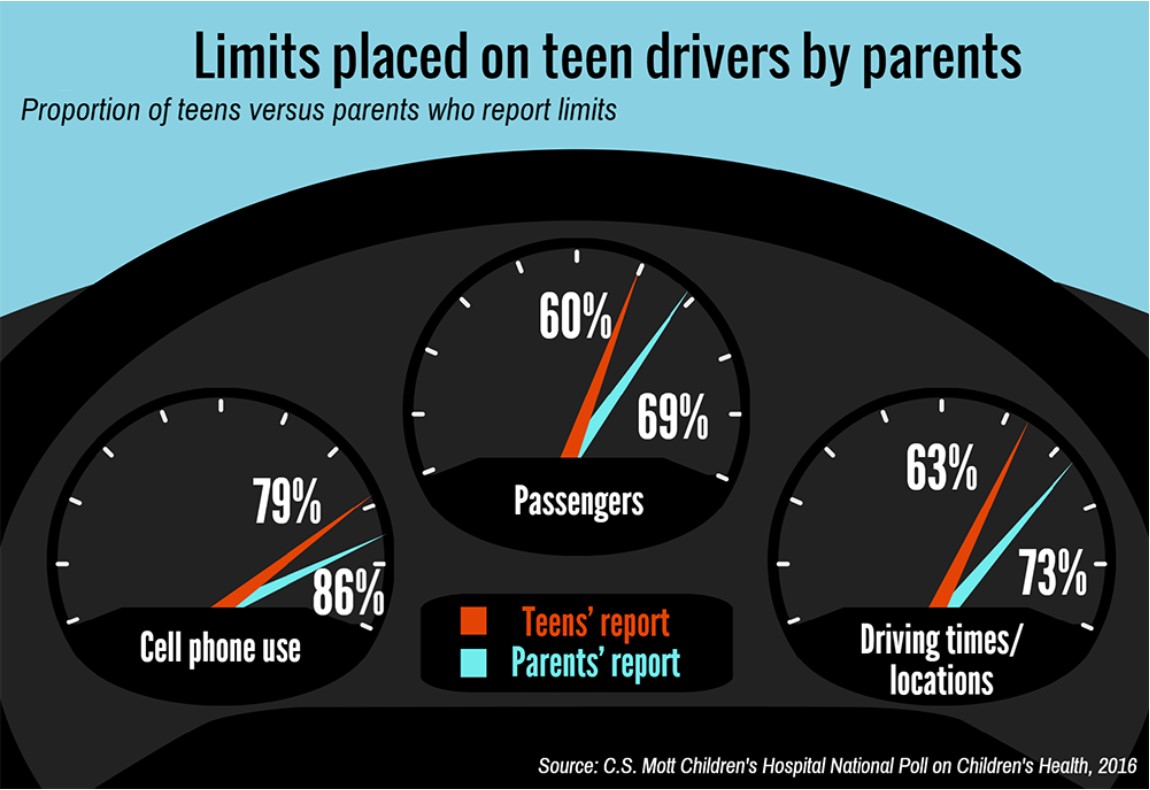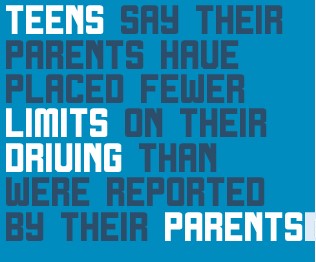Advocates for government transparency are lining up in support of legislation that would establish a “state civic network” for Connecticut, similar in structure to the national C‐SPAN model. The independently financed, non-profit network would expand access to the workings of the three branches of state government by building on the present CT-N system, which has been funded directly by the General Assembly since 1999.
 The new network would dramatically extend televised and online coverage and “on-demand access” to all legislative hearings and debates, as well as public policy conferences, regulatory hearings, executive agency meetings, and state Supreme Court and Appellate judicial proceedings.
The new network would dramatically extend televised and online coverage and “on-demand access” to all legislative hearings and debates, as well as public policy conferences, regulatory hearings, executive agency meetings, and state Supreme Court and Appellate judicial proceedings.
The result would be searchable, shareable library of state government deliberations, decisions and activities – and the tools to make it understandable and useful – available to every citizen through cable TV, online and mobile devices.
“Access to government information is the key way for the public to know what its government is doing,” according to the Connecticut Commission on Freedom of Information. Calling the proposal “pro‐ transparency and cost‐saving,” Executive Director Colleen Murphy underscored the Commission’s commitment to encouraging citizen engagement. The State Civic Network “will bring the workings of government into people’s homes...in a most productive, timely, and professional manner.”
The Board Chair of the Connecticut Public Affairs Network, which operates CT-N under contract to the state legislature, indicated that the network “was never intended to be a service OF government, but rather ABOUT government – as are the national and municipal services that welcome citizens to unbiased channels that provide access and context," said veteran Connecticut television news anchor Pat Sheehan. "Technology now allows the coverage of all government activities, archived and searchable files, and presentations that appeal not-only to government insiders, but to the general public as well.”
The public’s expectation of coverage has changed over the past seventeen years,” said Paul Giguere, the founder of the network and CEO of the independent non‐profit Connecticut Public Affairs Network (CPAN). “Technological innovations have changed how and when citizens access information, and a state civic network will use emerging technologies to allow greater public engagement with the development of policies and legislation that affect us all.”
 Giguere pointed out that “there are 10 hearing rooms, but CT¬N’s physical plant limits us to covering only two events concurrently. That means up to 80% of the Legislative committee process at any given time goes unseen. Our capacity to cover the Executive and Judicial Branches is even more limited.”
Giguere pointed out that “there are 10 hearing rooms, but CT¬N’s physical plant limits us to covering only two events concurrently. That means up to 80% of the Legislative committee process at any given time goes unseen. Our capacity to cover the Executive and Judicial Branches is even more limited.”
The Connecticut Council on Freedom of Information, the Society of Professional Journalists, and the Connecticut Conference of Municipalities (CCM) have endorsed the proposed legislation to expand coverage throughout state government, as have advocacy groups such as the American Association of Retired Persons (AARP), CT Community Non‐Profit Alliance, the League of Women Voters, the Connecticut Education Association, Common Cause, and the Connecticut Citizens Action Group (CCAG).
The proposed State Civic Network is now being considered by the legislature’s Joint Committee on Government Administration and Elections. Under the plan, management and operational funding would be provided through a process that already exists for local community access stations, regulated by PURA, the state’s Public Utility Regulatory Authority. PURA has an extensive history of selecting non‐profit managers for government‐use channels that provide local public, educational, and government programs within cable television franchise areas. These channels are likewise supported through programming fees charged by cable companies, rather than by taxpayer funds, CT-N officials pointed out.
The plan drew opposition from AT&T, with the cable provider warning in legislative testimony that it would "have a real impact on consumers’ ability and willingness to continue to buy video service." CT-N "should be required to annually justify its budget to the General Assembly like any other proposed expenditure,"AT&T said in a prepared statement.
CFOG, the Connecticut Foundation for Open Government, noted dramatic changes in the way citizens access news, with increased reliance on social media and mobile devices. Funded by a subscriber fee similar to how C‐SPAN and community access stations are currently funded, CFOG notes, “the new entity would be monitored and accountable to the public, but independent from government itself.”
currently funded, CFOG notes, “the new entity would be monitored and accountable to the public, but independent from government itself.”
The State’s Office of Consumer Counsel, created in 1975 by the legislature to act as the advocate for consumer interests in all matters and “fight for the most reasonable rates,” endorsed the State Civic Network proposal after “carefully analyzing” a monthly fee of less than $0.50 per subscriber. Consumer Counsel Elin Katz said “a thriving democracy requires citizen access to information relating to their government, access that is ideally broad and unfettered.”
“Best of all,” she added, “this proposal will create a permanent and searchable online library of public documents and visual recordings of state government events that would be of great use both to the public and to the elected officials who serve them.”
CPAN launched the CT-N network for the Connecticut General Assembly in 1999 as a 24‐hour media service providing gavel‐to‐gavel coverage of state government and public policy on both television and internet platforms. In the intervening years, CPAN has extended the scope of its CT-N programming, adding coverage of electoral politics, news conferences, and a weekly review program, Capitol Report.
 ucation systems positively, the lowest percentages in the country, in a new poll released by Gallup. Joining the two southwest states at the bottom of the list are Hawaii (47%), Louisiana (49%), Arizona (50%), California and Alabama (52%), Mississippi (53%) and Oregon and Rhode Island (54%).
ucation systems positively, the lowest percentages in the country, in a new poll released by Gallup. Joining the two southwest states at the bottom of the list are Hawaii (47%), Louisiana (49%), Arizona (50%), California and Alabama (52%), Mississippi (53%) and Oregon and Rhode Island (54%). State residents were asked “how would you rate the quality of public education provided in grades K-12” on a scale including excellent, good, fair and poor. The top 10 states after North Dakota, Minnesota and Nebraska are Iowa, New Hampshire and Massachusetts (80%), Wyoming (79%), South Dakota (78%) and Vermont and Virginia (75%).
State residents were asked “how would you rate the quality of public education provided in grades K-12” on a scale including excellent, good, fair and poor. The top 10 states after North Dakota, Minnesota and Nebraska are Iowa, New Hampshire and Massachusetts (80%), Wyoming (79%), South Dakota (78%) and Vermont and Virginia (75%).



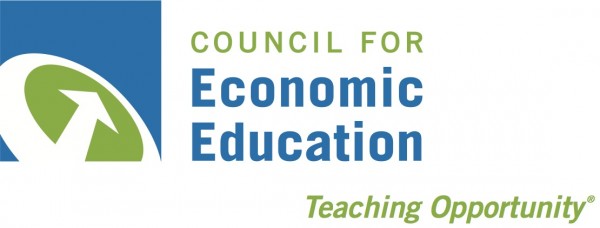
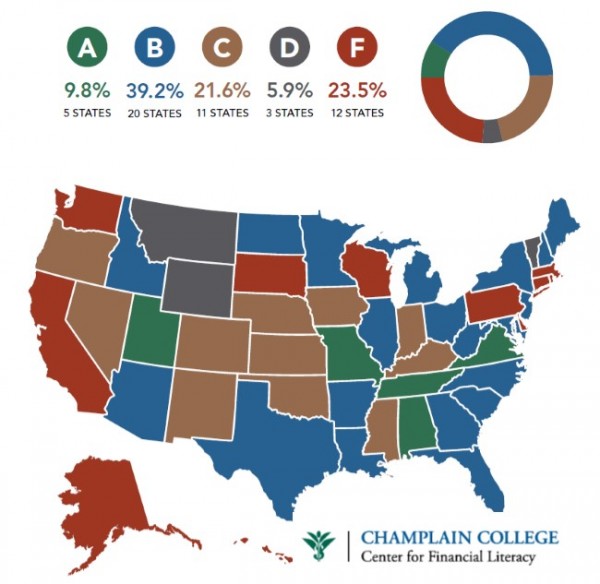 s a comprehensive look into the state of K-12 economic and financial education in the United States, collecting data from all 50 states and the District of Columbia. The biennial Survey of the States serves as an important benchmark, revealing “both how far we’ve come and how far we still have to go.” This year the report concluded that nationally “the pace of change has slowed.”
s a comprehensive look into the state of K-12 economic and financial education in the United States, collecting data from all 50 states and the District of Columbia. The biennial Survey of the States serves as an important benchmark, revealing “both how far we’ve come and how far we still have to go.” This year the report concluded that nationally “the pace of change has slowed.”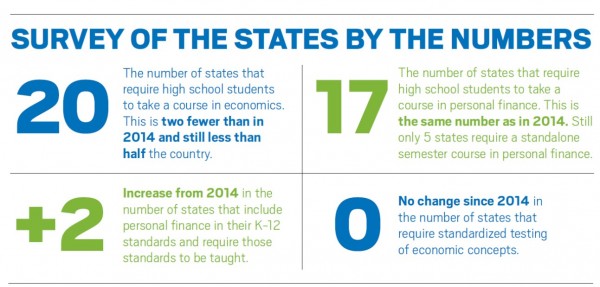 nts accountable for learning objectives have the best chance of promoting the development of young people who are better financial managers and stewards of their credit—behaviors with which many, if not most, young people tend to struggle,” said J. Michael Collins of the University of Wisconsin-Madison’s Center for Financial Security. “Rigorous state standards can facilitate local schools to implement well-designed programs, which in turn expose students to concepts they otherwise would not learn.”
nts accountable for learning objectives have the best chance of promoting the development of young people who are better financial managers and stewards of their credit—behaviors with which many, if not most, young people tend to struggle,” said J. Michael Collins of the University of Wisconsin-Madison’s Center for Financial Security. “Rigorous state standards can facilitate local schools to implement well-designed programs, which in turn expose students to concepts they otherwise would not learn.” The new network would dramatically extend televised and online coverage and “on-demand access” to all legislative hearings and debates, as well as public policy conferences, regulatory hearings, executive agency meetings, and state Supreme Court and Appellate judicial proceedings.
The new network would dramatically extend televised and online coverage and “on-demand access” to all legislative hearings and debates, as well as public policy conferences, regulatory hearings, executive agency meetings, and state Supreme Court and Appellate judicial proceedings. Giguere pointed out that “there are 10 hearing rooms, but CT¬N’s physical plant limits us to covering only two events concurrently. That means up to 80% of the Legislative committee process at any given time goes unseen. Our capacity to cover the Executive and Judicial Branches is even more limited.”
Giguere pointed out that “there are 10 hearing rooms, but CT¬N’s physical plant limits us to covering only two events concurrently. That means up to 80% of the Legislative committee process at any given time goes unseen. Our capacity to cover the Executive and Judicial Branches is even more limited.” currently funded, CFOG notes, “the new entity would be monitored and accountable to the public, but independent from government itself.”
currently funded, CFOG notes, “the new entity would be monitored and accountable to the public, but independent from government itself.” Following Connecticut in the top ten are New Jersey, Massachusetts, and Delaware, the only other states to receive an “A”, followed by North Dakota, New Hampshire, New York, Nebraska, Montana and Virginia. Connecticut, New Jersey and Massachusetts also ranked 1-2-3 a year ago.
Following Connecticut in the top ten are New Jersey, Massachusetts, and Delaware, the only other states to receive an “A”, followed by North Dakota, New Hampshire, New York, Nebraska, Montana and Virginia. Connecticut, New Jersey and Massachusetts also ranked 1-2-3 a year ago. llege entrance exam, the percentage of students taking an advanced placement test and the student-teacher ratio.
llege entrance exam, the percentage of students taking an advanced placement test and the student-teacher ratio. Callahan’s extensive touring, public speaking, and teaching make her a natural fit for the position. “
Callahan’s extensive touring, public speaking, and teaching make her a natural fit for the position. “

 ents currently working on the Hartford Hand initiative. Each week, Welch and colleagues Yonathan Moshayev, Jake Green, Amber Sayer, and Stephen Sousa, spend several hours improving the current design to make the unique Hartford Hand a reality for patients.
ents currently working on the Hartford Hand initiative. Each week, Welch and colleagues Yonathan Moshayev, Jake Green, Amber Sayer, and Stephen Sousa, spend several hours improving the current design to make the unique Hartford Hand a reality for patients.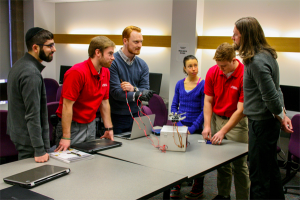

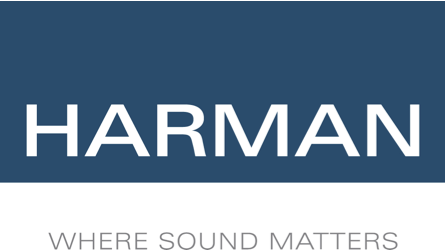
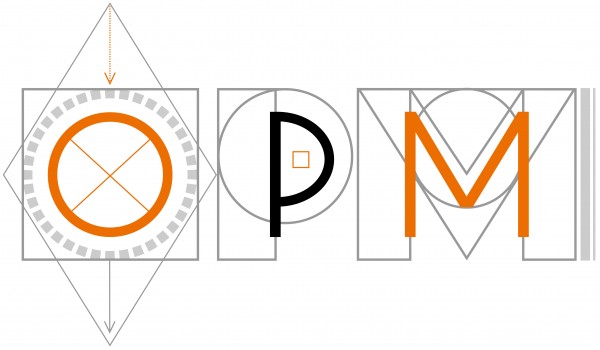 with the addition of headrest and ceiling speakers.
with the addition of headrest and ceiling speakers.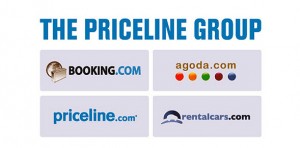
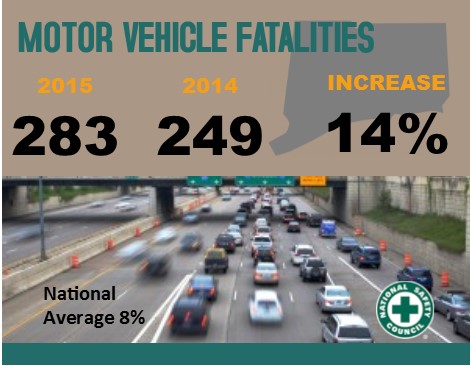 Nationally, 2015 saw the largest single-year percent increase in motor vehicle deaths since 1966. Estimates from the National Safety Council (NSC) show an 8 percent increase in 2015 compared with 2014 – with substantial changes in some states, including Connecticut. There were 283 motor-vehicle related deaths in Connecticut last year, compared with 249 in 2014 and 276 in 2013.
Nationally, 2015 saw the largest single-year percent increase in motor vehicle deaths since 1966. Estimates from the National Safety Council (NSC) show an 8 percent increase in 2015 compared with 2014 – with substantial changes in some states, including Connecticut. There were 283 motor-vehicle related deaths in Connecticut last year, compared with 249 in 2014 and 276 in 2013.
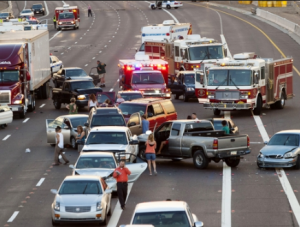 safety, the National Safety Council recommends drivers:
safety, the National Safety Council recommends drivers: When Connecticut voters go to the polling places on Tuesday, April 26, voters in nearly two-thirds of the states will already have made their preferences known. The same day as Connecticut, presidential primaries will also be held in Delaware, Maryland, Pennsylvania and Rhode Island. The previous week, primaries will be held in New York, a state called home, at various times, by three of this year’s leading contenders – Hillary Clinton, Bernie Sanders and Donald Trump.
When Connecticut voters go to the polling places on Tuesday, April 26, voters in nearly two-thirds of the states will already have made their preferences known. The same day as Connecticut, presidential primaries will also be held in Delaware, Maryland, Pennsylvania and Rhode Island. The previous week, primaries will be held in New York, a state called home, at various times, by three of this year’s leading contenders – Hillary Clinton, Bernie Sanders and Donald Trump.
 diana, New Mexico, California, New Jersey, Nebraska, West Virginia, Oregon and Montana. Most states have their Democratic and Republic primaries on the same day, although a handful hold party primaries on different days. South Carolina’s Republican primary will be on February 20, for example, and its Democratic primary on February 27.
diana, New Mexico, California, New Jersey, Nebraska, West Virginia, Oregon and Montana. Most states have their Democratic and Republic primaries on the same day, although a handful hold party primaries on different days. South Carolina’s Republican primary will be on February 20, for example, and its Democratic primary on February 27.